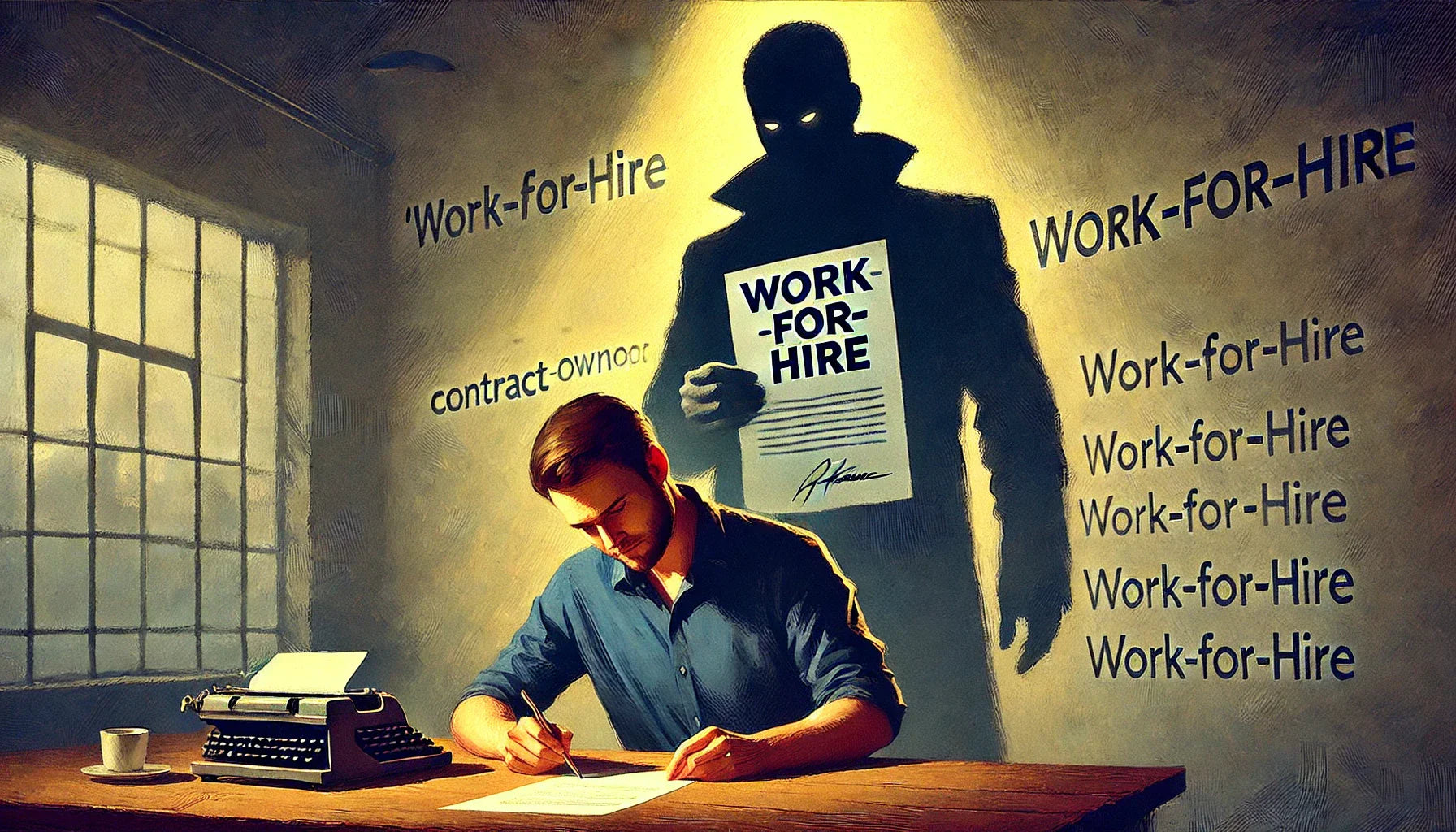Quick Overview
Sharing videos from other websites can be a fantastic way to engage your audience, but it comes with a legal minefield. While embedding YouTube videos is generally safe, taking screenshots, hosting videos without permission, or linking to copyrighted content uploaded illegally can land you in hot water. Here’s how to stay on the right side of the law while showcasing great video content.

Common Questions & Answers
1. Can I embed any YouTube video on my website?
Yes, embedding YouTube videos is generally legal as long as you use the platform’s embed feature. However, embedding videos known to infringe copyrights could raise issues if you knowingly participate in promoting illegal content.
2. Is hyperlinking to videos the same as embedding?
No. Hyperlinking directs users to another site, while embedding plays the video directly on your page. Hyperlinking is usually safe from copyright concerns, whereas embedding has nuances.
3. What happens if I embed a video uploaded illegally?
The uploader bears the brunt of the legal risk, not you. However, knowingly embedding such videos could tarnish your reputation and potentially involve you in legal complications.
4. Are there exceptions where embedding isn’t allowed?
If the video’s owner restricts embedding or uses technical measures to block it, bypassing those restrictions is a breach of copyright.
5. Can I take screenshots of videos instead?
No. Using screenshots of copyrighted videos, even as teasers, is considered copyright infringement, as confirmed in recent cases like Paul Nicklen and Christina Mittermeier v. Sinclair Broadcast Group.
![]()
Step-by-Step Guide
-
Check for an Embed Option
Only embed videos from platforms like YouTube or Vimeo that provide a legal embed code. Look for the “Share” or “Embed” option to avoid unauthorized sharing. -
Review Content Ownership
Verify the uploader's profile and look for signs of official ownership, such as verified accounts or official branding, before embedding. -
Avoid Modifications
Do not alter the embedded video, such as by cropping watermarks or bypassing restrictions. This could lead to copyright violations. -
Understand Platform Policies
Familiarize yourself with the terms of service for platforms like YouTube to ensure your embedding practices comply with their guidelines. -
Consult Legal Advice for Unclear Cases
If a video’s ownership or rights seem murky, consult an intellectual property lawyer before embedding it on your site.
👉 Need help developing a safe content strategy? Schedule a consultation with Devin Miller to discuss your goals and avoid common pitfalls.
Historical Context
Video sharing has come a long way since the early days of the internet. Initially, websites hosted videos directly, often leading to legal challenges due to copyright issues. The rise of platforms like YouTube and Vimeo simplified this process by creating embedding tools.
In the landmark 2012 case Flava Works, Inc. v. Gunter, the court ruled that embedding a copyrighted video doesn’t constitute copyright infringement if the video was already available online. However, this case didn’t provide immunity for users uploading such content without permission.
The recent Paul Nicklen and Christina Mittermeier v. Sinclair Broadcast Group case took things a step further by clarifying that even screenshots of videos are considered copyright violations. This ruling highlights how courts are evolving with digital media practices, increasing the need for website owners to remain vigilant.

Business Competition Examples
- BuzzFeed uses embedded YouTube and TikTok videos to enhance its articles, relying heavily on the original embed codes provided by the platforms to stay within legal boundaries.
- TechCrunch embeds videos from company product launches, ensuring all content links back to the original source for full transparency and compliance.
- Mashable got into trouble for embedding an Instagram photo without explicit permission, showing the importance of understanding fair use and platform policies.
- Pinterest allows users to pin videos legally by using direct links to the original hosting platforms, avoiding direct hosting or unauthorized usage.

Discussion
Embedding videos is a valuable tool for content creators and businesses alike. It boosts engagement, keeps visitors on your site longer, and provides a richer user experience. Yet, the legal terrain can be confusing.
The core issue lies in determining where responsibility for copyright infringement begins and ends. Courts have generally protected users embedding videos legally provided by platforms like YouTube. Still, the waters get murkier when embedding infringing content or circumventing platform restrictions.
For businesses, the cost of getting this wrong can include legal fees, reputation damage, and loss of consumer trust. In the ever-changing digital landscape, staying informed is critical for protecting both your assets and your audience.

The Debate
Pro-Embedding: Embedding videos drives user engagement, keeps content fresh, and is legally protected when done responsibly.
Against Embedding: Legal risks increase when content ownership is unclear, and platform restrictions are not honored.

Takeaways
- Always use the embed feature provided by trusted platforms.
- Avoid modifying or bypassing restrictions on embedded content.
- When in doubt, consult legal expertise to steer clear of infringement issues.
- Screenshots of copyrighted videos are a no-go.

Potential Business Hazards
- Reputational Risk: Embedding unauthorized videos can damage your brand’s credibility.
- Legal Complications: Violating copyright laws can lead to lawsuits or hefty fines.
- Platform Bans: Ignoring platform policies can result in account suspensions or bans.

Myths and Misconceptions
- "Embedding means I own the content." False. Embedding merely links to the original source; ownership remains with the creator.
- "Screenshots are fair use." Not necessarily—using them without permission can still infringe on copyright.
- "If it’s on YouTube, I can use it however I want." No, only use content in compliance with YouTube’s guidelines.

Book & Podcast Recommendations
- "Copyright Clarity" by Renee Hobbs – A practical guide to understanding copyright in a digital world.
- "The Content Fuel Framework" by Melanie Deziel – Learn how to create engaging content while respecting intellectual property.
- Podcast: "The Legal Toolkit" – Regularly discusses copyright issues in business.

Legal Cases
- Flava Works, Inc. v. Gunter: Clarified that embedding infringing content doesn’t violate copyright laws for the embedder.
- Paul Nicklen v. Sinclair Broadcast Group: Highlighted that screenshots of videos are copyright infringements.
- GS Media v. Sanoma Media Netherlands: Stressed that knowing infringement can impact liability for linking to content.

Share Your Expertise
Looking to ensure your website remains legally compliant while showcasing great content? Explore resources at Miller IP Law.

Wrap Up
Embedding videos can enrich your content but must be done carefully to avoid legal trouble. Stick to trusted platforms, respect copyright laws, and always embed responsibly to keep your website engaging and law-abiding.








